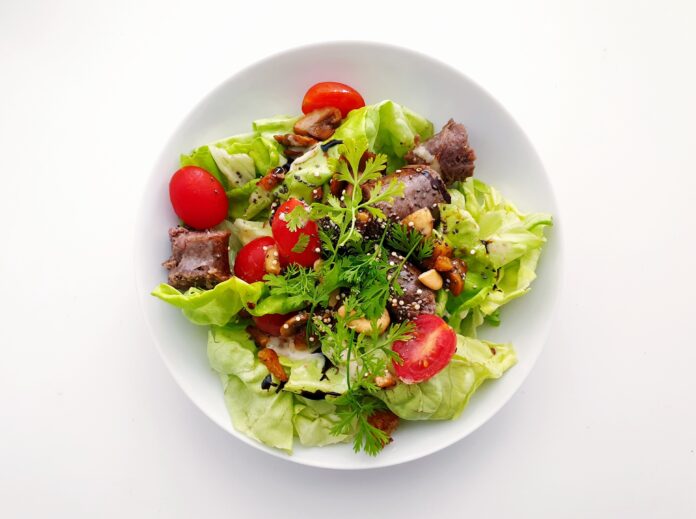A well-made dressing has the potential to take any salad from good to great, enhancing flavor and texture as well as increasing the bioavailability of certain nutrients in vegetables. Store-bought dressings will certainly work in a pinch, but they’re often made with significant amounts of added sugars and thickening agents that aren’t exactly nutritious. Fortunately, homemade salad dressings are easy to prepare with only a few simple ingredients that you’ve likely already got on hand. Read on for some tips to help you create delicious dressings every single time.
Use the Right Ratio
The traditional ratio in most vinaigrettes is 3 parts oil to 1 part vinegar, though this can also be adjusted based on personal preferences or the specific types of oil and vinegar used. For milder vinegar varieties like balsamic that offer a bit of sweetness, a 2:1 ratio may taste a bit more balanced.
Add an Emulsifier
Like oil and water, oil and vinegar have different chemical makeups that cause them to separate no matter how well they’re mixed. To prevent this separation, it’s essential to add an ingredient with emulsifying properties to your salad dressing. One of the most common emulsifiers is mayonnaise because it contains egg, though mustard also works well if you’re looking for a lighter or plant-based based option. Adding about 1 tsp of either should help to keep your dressing intact.
Mix Well
Even with an emulsifier, oil and vinegar will start to separate after a while, but you can delay this process by ensuring your vinaigrette is mixed well from the start. Use a food processor to blend all of your ingredients until smooth and consistent. If you prefer to prepare your dressing in a bowl, whisk everything from side to side rather than using a circular motion.






